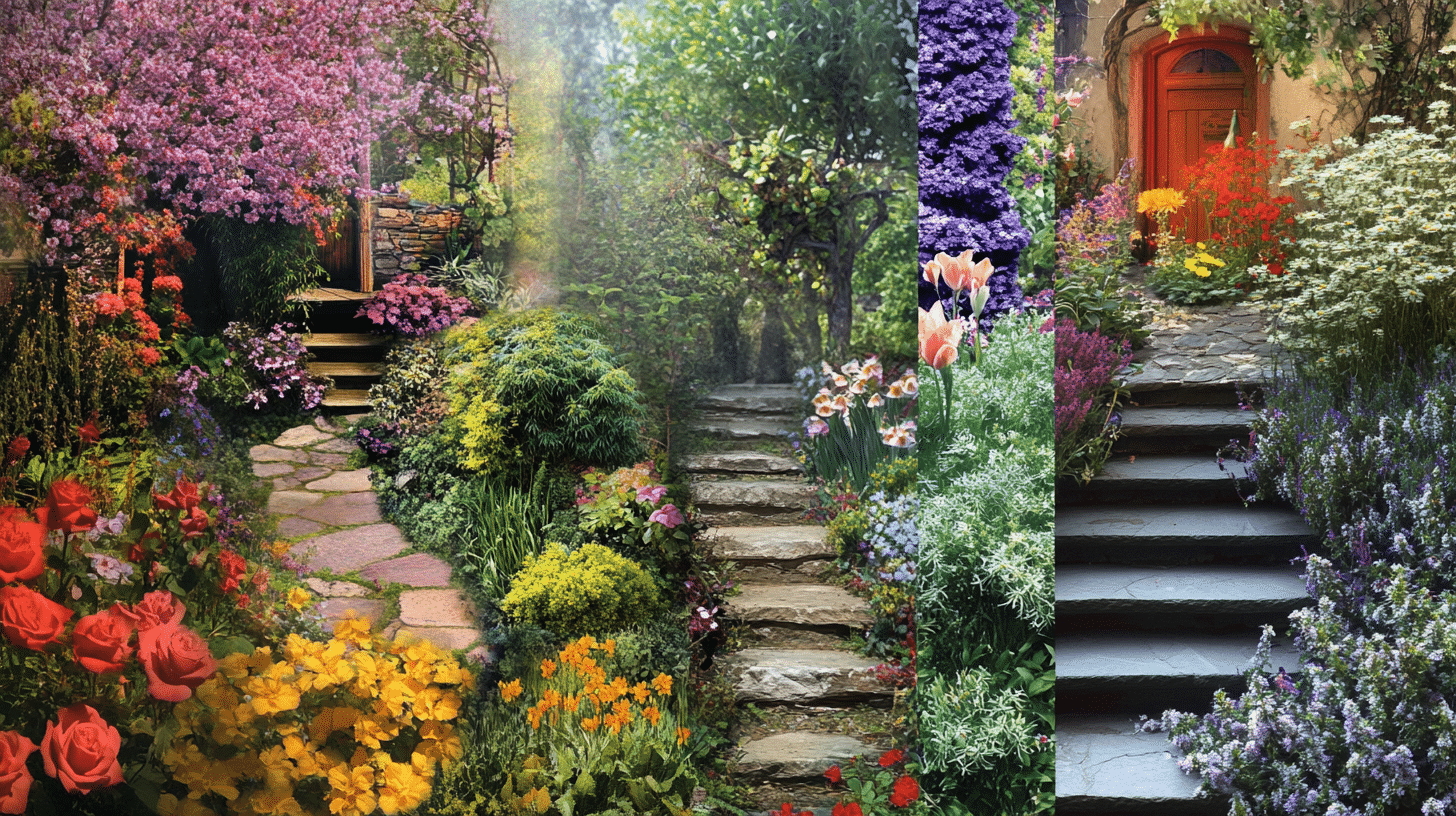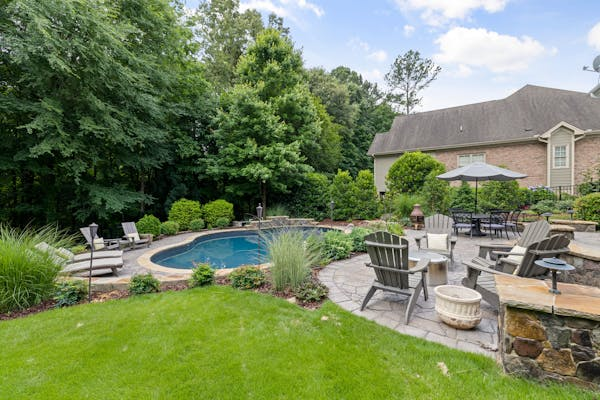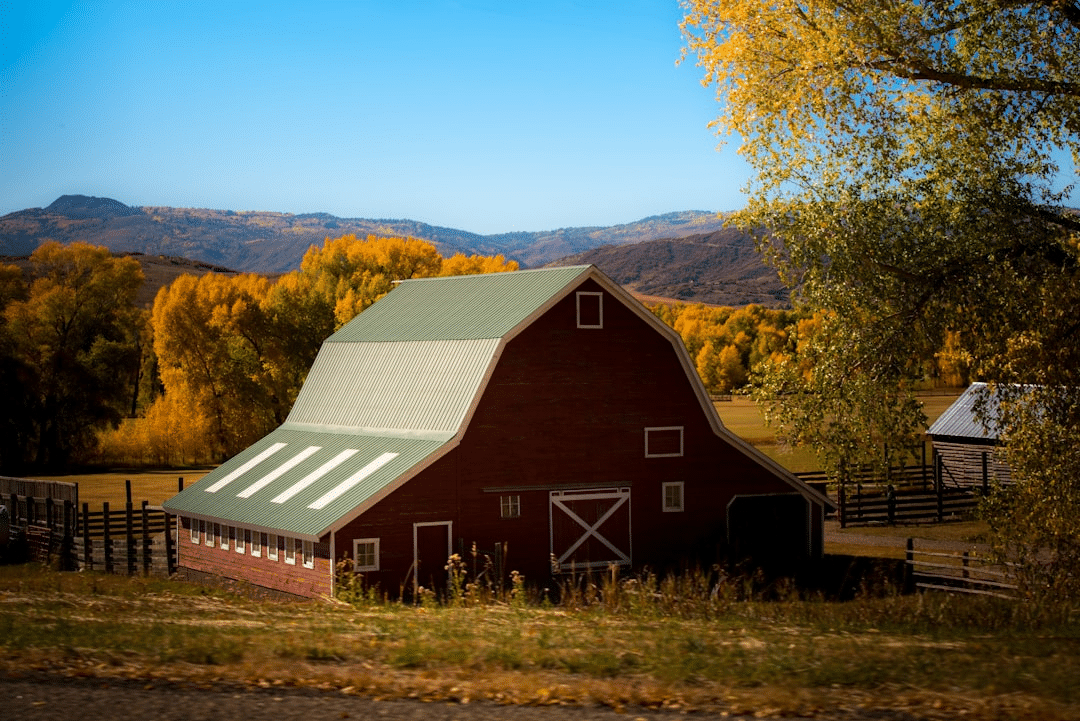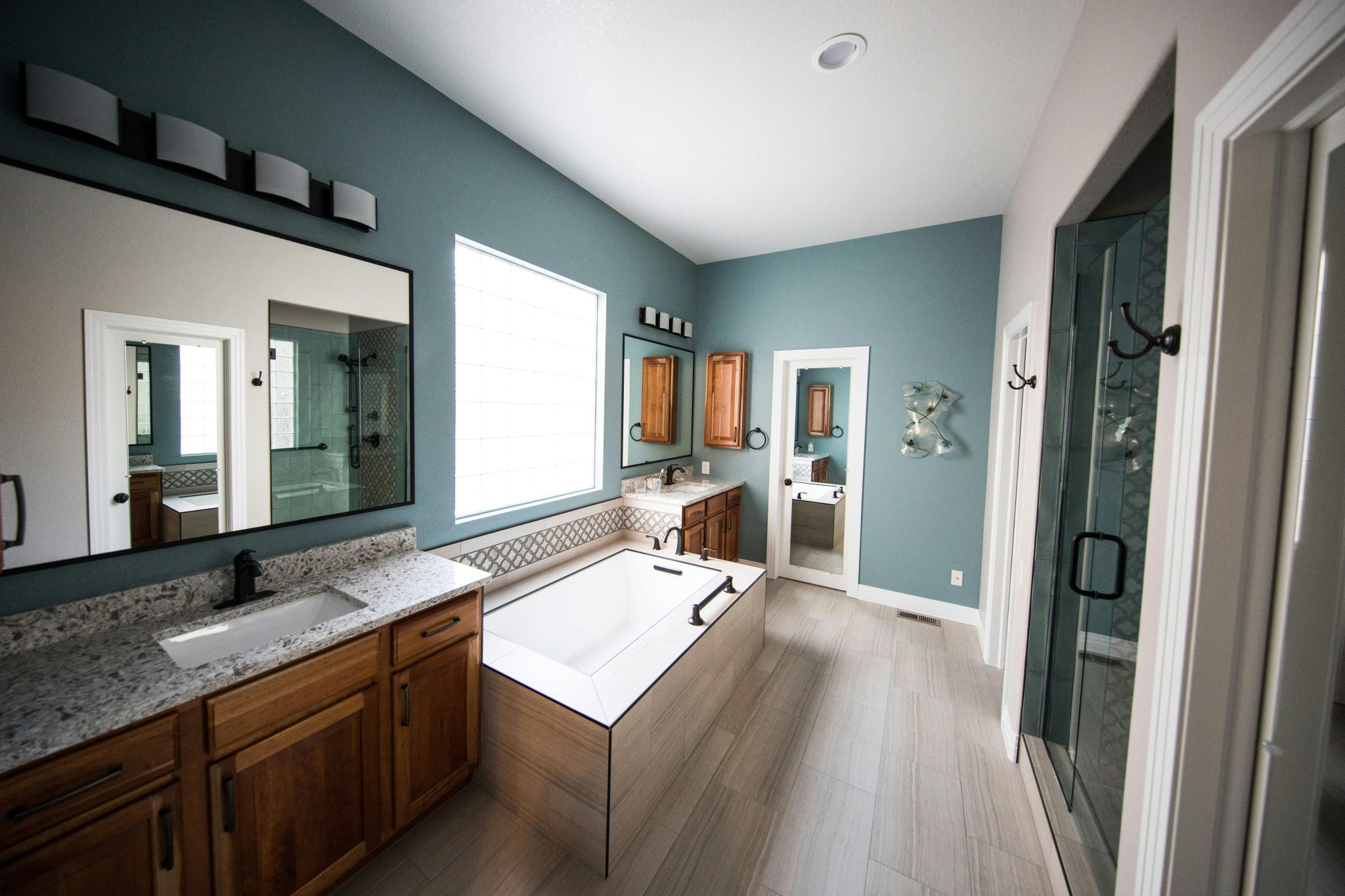Maximizing Small Outdoor Spaces: 10 Creative Landscaping Ideas
As a mom of 5 kids living in a big city, I’ve learned firsthand that urban living doesn’t mean giving up on your green dreams. Our family’s journey to transform our modest backyard into a functional outdoor haven taught me that with some creative planning and the right inspiration, even the smallest spaces can become magical.
Whether you’re working with a narrow side yard, a compact patio, or a small balcony, there are smart design strategies that can help you create an outdoor space that feels both functional and inviting – and I’ve tested many of them while also trying to create enough room for multiple growing children to play!
Getting Started with Small Outdoor Space Landscaping
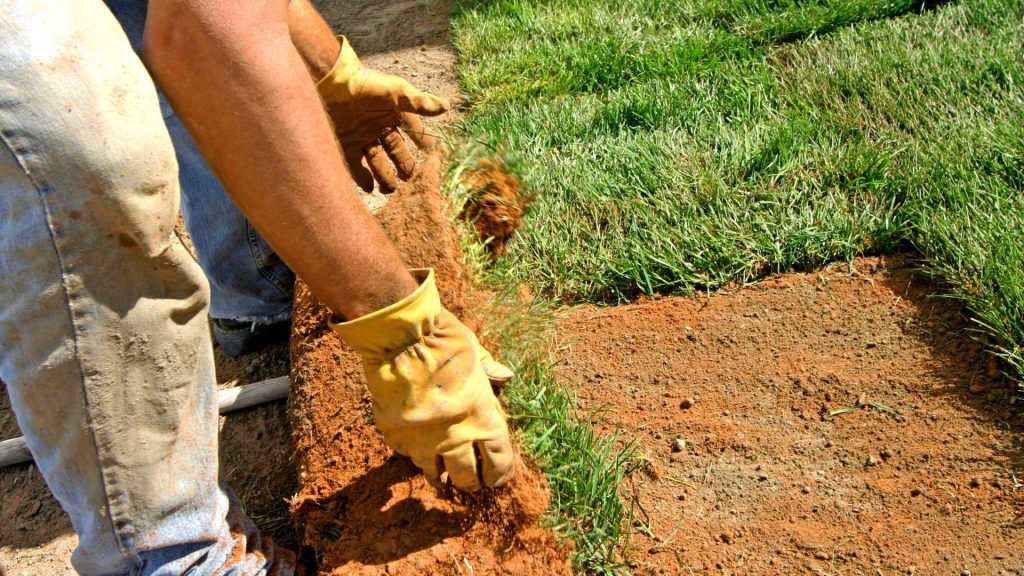
When I first faced the challenge of designing our modest backyard for a family of seven, I quickly realized that small outdoor space landscaping requires a different approach than traditional gardening. The fundamentals of space planning, visual tricks, and multi-functional design become essential when working with limited square footage.
Through trial and error (and many weekend projects with kids “helping”), I’ve learned that successful small outdoor space landscaping begins with embracing constraints rather than fighting them.
1. Vertical Garden Walls: Transforming Vertical Surfaces
Vertical gardening transformed my tiny side yard. My blank fence is now covered in greenery without sacrificing space on the ground, which has made a huge difference for us.
Why vertical gardens work for small spaces:
- Create green backdrops without using the floor area
- Grow various plants in minimal space
- Add depth to plain walls
- Improve air quality
- Serve as an impressive focal point
I struggled with irrigation initially, but once solved, my vertical garden wall became my outdoor area’s centerpiece. This approach maximizes our gardening space while also allowing enough space for my kids’ outdoor activities.
2. Multi-Functional Furniture Design for Compact Spaces
Smart furniture choices expand functionality in tiny areas:
- Benches and ottomans with built-in storage
- Modular pieces you can rearrange
- Convertible designs like adjustable-height tables
- Fold-away and stackable options
- Slim profile furniture that preserves space
I invested in nesting tables that tuck away when not needed. You’ll be surprised how much more spacious your area feels with the right furniture. This is a great idea when you’re struggling with clutter in your indoor spaces, too.
3. Container Gardening Masterclass
Container gardening offers flexibility in small spaces. I’ve rearranged my plants many times until finding the ideal setup.
Making container gardening work:
- Use containers of varying sizes and heights
- Select lightweight, movable planters
- Arrange containers vertically
- Choose dwarf varieties and compact plants
- For renters, take your garden when you move
I once lost herbs by placing them in too much sun. Match your plant choices to your specific light conditions.
4. Minimalist Hardscaping Techniques
Thoughtful hardscaping makes small spaces appear larger. I transformed my patio by replacing dark pavers with light-colored stone.
Consider these approaches:
- Use light-colored, reflective materials
- Maintain simple design lines
- Incorporate geometric patterns
- Choose slim profile pavers
- Use consistent materials throughout
Sometimes subtle changes have the greatest impact on spatial perception.
5. Lighting Strategies to Expand Outdoor Spaces
Effective lighting transforms how we perceive space:
- Combine overhead, task, and accent lighting
- Consider solar and low-voltage options
- Create depth by illuminating background elements
- Use string lights and portable lanterns
- Highlight key features with targeted lighting
After adding solar string lights to my balcony, it became much more inviting at night. Good lighting makes spaces functional after dark.
6. Zoning and Space Division Techniques
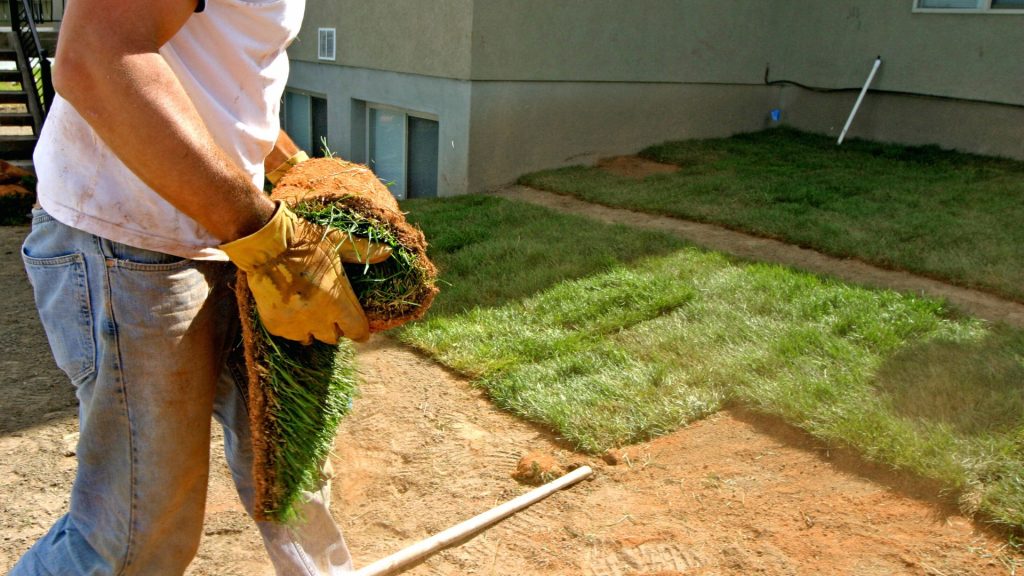
Dividing even the smallest space into zones makes it feel more purposeful:
- Create distinct areas for different activities
- Use movable screens or tall plants as dividers
- Add a small step or platform for different levels
- Define “rooms” with lightweight overhead structures
- Use different flooring materials to designate areas
My narrow side yard became more functional once divided into dining and reading areas.
7. Water Features for Compact Landscapes
Water features can work, even in limited outdoor spaces. Tabletop fountains offer benefits without requiring much room.
Small-space water elements:
- Tabletop fountains need minimal floor space
- Wall-mounted features create visual interest
- Small container ponds support water plants
- Water sounds mask urban noise
- Modern designs require minimal maintenance
The gentle sound of water enhances any small outdoor space.
I personally got rid of our water feature when my oldest kids became toddlers, but I look forward to re-incorporating this into our space in the future. I miss the peaceful sound of my former water fountain.
8. Sustainable and Edible Landscape Integration
Make your small space productive. I started with windowsill herbs and expanded to more edible landscaping. And my kids have really enjoyed getting to eat the fruits (or, rather, vegetables) of their labor as well as the whole process of watching them grow over the summer.
Some tips for venturing into vegetables and herbs:
- Integrate vegetables and herbs among ornamentals
- Use vertical growing systems
- Select plants that are both attractive and edible
- Consider a small compost system
- Design with aesthetics and harvest in mind
Gardening with my kids has been a lot of fun, and it’s taught them a lot about patience, being gentle, sustainable living, and more great life lessons.
9. Privacy Solutions for Tight Outdoor Areas
I am a big fan of creating privacy without walls. Here are some of the techniques I’d recommend:
- Place tall plants strategically to block sightlines
- Use portable privacy screens
- Let vertical gardens double as privacy screens
- Add decorative elements like bamboo screens
- Consider storage benches with tall backs
Adding a trellis with climbing vines along my patio edge significantly improved privacy without having to install a costly (and unsightly) fence.
10. Seasonal Transformation and Adaptable Designs
Small spaces transform quickly with seasonal changes:
- Select modular, reconfigurable elements
- Plan seasonal plant rotations
- Choose convertible furniture for different weather conditions – I have neutral-colored furniture and then swap out my outdoor throw pillows for the seasons
- Design for year-round use
- Keep your design flexible
I thought my space was unusable in late fall and early spring until I added a small heater and incorporated cold-tolerant plants. While I live in a cold climate and so have to draw the line at outdoor winter gardening, I appreciate being able to use our outdoor space the majority of the year.
Final Thoughts
Transforming a small outdoor space needs some creativity, strategic design, and thoughtful plant selection. Your limitations are actually an invitation to get creative. Every square inch is a potential opportunity to create something unique and personal that works for you and your family, and that makes the world a bit more beautiful.
Remember, a small outdoor space isn’t a constraint. It’s filled with opportunities.
Frequently Asked Questions
Q: Can I create a garden with limited sunlight?
A: Yes. Be sure to shade-tolerant plants like ferns, hostas, and certain herbs that thrive with minimal sun.
Q: How often should I update my small outdoor space?
A: Every 2-3 years. Minor changes like updating containers or adding new accessories can refresh without a complete redesign. I also like to rotate my outdoor throw pillows with the seasons and so have a set for spring, summer, and fall.
Q: What are the best plants for small outdoor areas?
A: Dwarf shrubs, vertical herbs, succulents, and compact growers work well. Try dwarf Japanese maples, columnar shrubs, and trailing plants. Always be sure to check what grows best in your climate.
Q: How can I make a small outdoor space feel bigger?
A: Use vertical gardening, light colors, strategic lighting, and multi-functional furniture.


